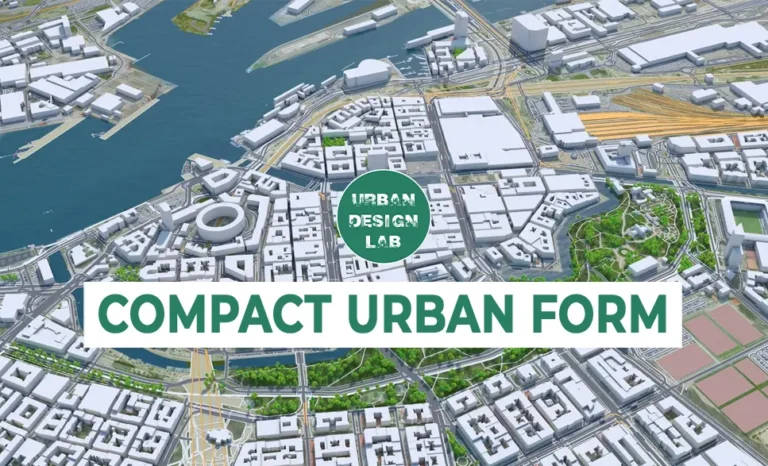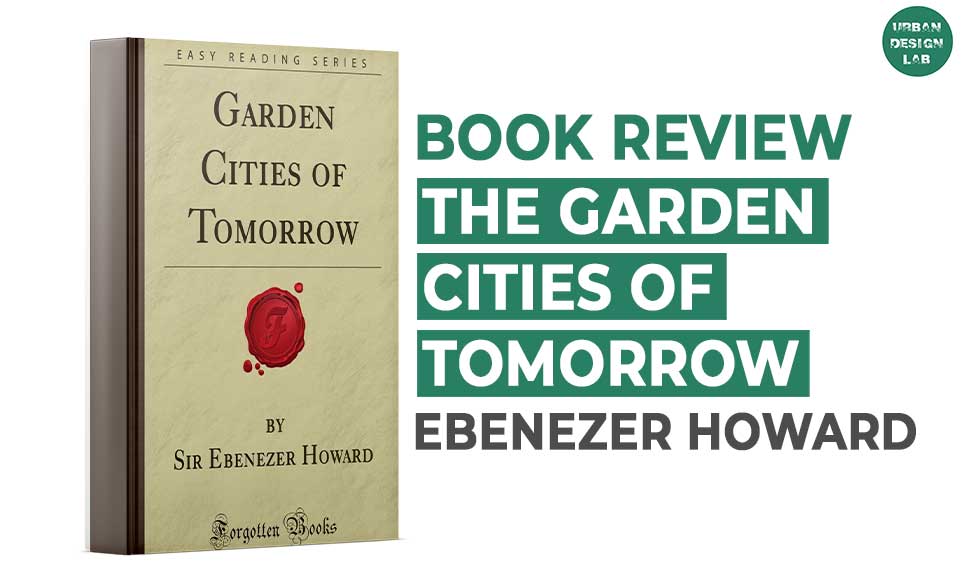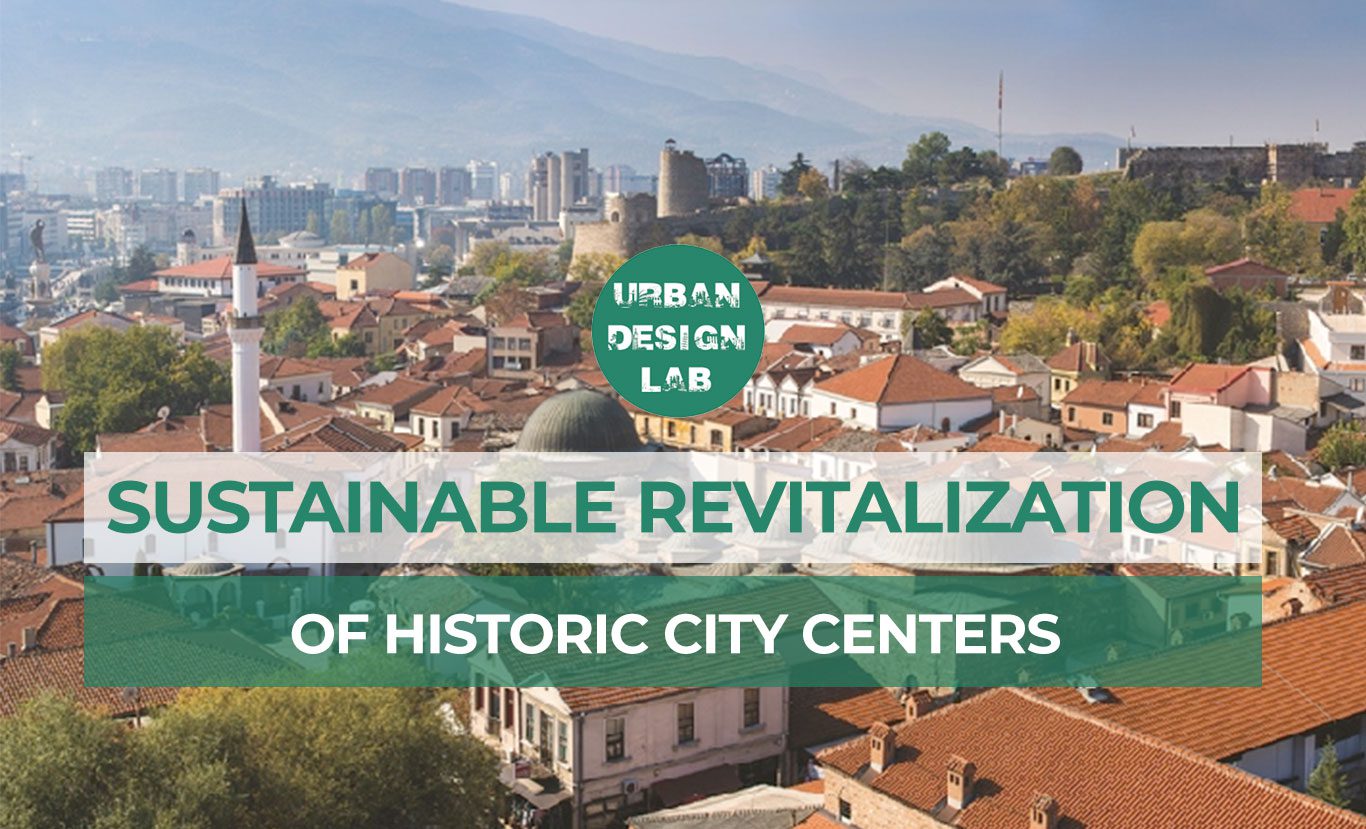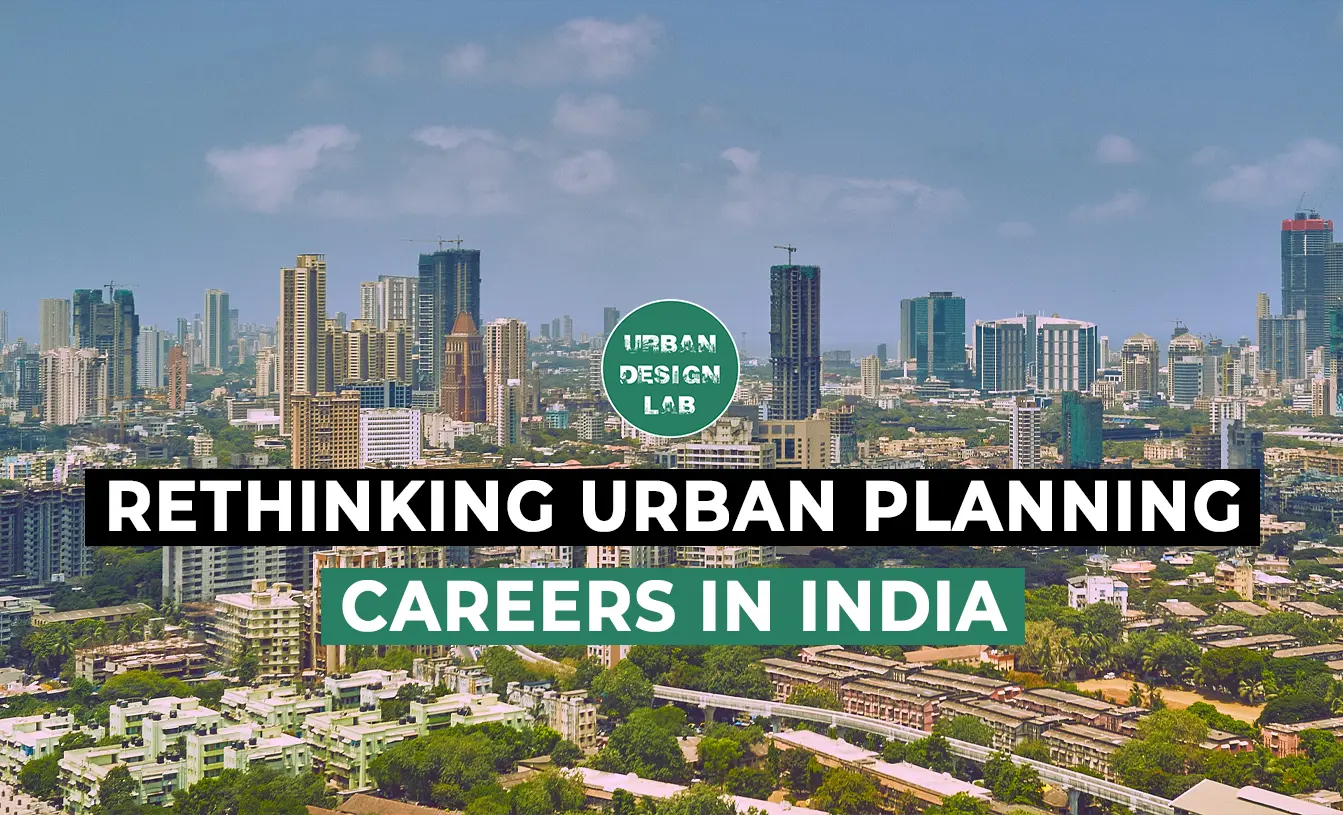
Aldo Rossi: Biography, Work, and Architectural Legacy

Aldo Rossi, an influential architect and urban theorist, revolutionized the relationship between history and modern architecture. He emphasized that cities are not just physical spaces but repositories of memory, and he believed that architecture should reflect this continuity. Rossi’s theory of “La Città Analoga” (The Analogous City) argued that cities are layered with meaning, and new developments should complement rather than erase these historical layers. He reintroduced historical references, local traditions, and symbolism into postmodern architecture, challenging the abstraction of modernist design.Rossi’s designs, like the San Cataldo Cemetery and the Modena Cemetery, embody his belief in monumentality and public memory. His approach to architecture highlighted the importance of creating structures that resonate with a city’s cultural identity while remaining functional. Rossi’s legacy continues to influence contemporary urbanism, especially in integrating heritage with modern development. His philosophy serves as a guiding framework for architects and planners aiming to balance urban growth with historical preservation, ensuring that cities evolve while maintaining their character.
Aldo Rossi’s Architectural Philosophy: Rooted in History
Aldo Rossi was a pioneering architect and urban theorist who placed immense value on history as the foundation of architecture and urban planning. Born in Milan in 1931, Rossi believed that the past was an essential component of contemporary design. His work often integrated historical elements into modern contexts, asserting that cities are living records of time and memory. Rossi rejected the tabula rasa approach to urbanism, which prioritizes new development over historical continuity. Instead, he proposed that architecture should reflect a city’s collective memory and historical identity, creating spaces that resonate with both past and present. Rossi’s iconic designs—such as the San Cataldo Cemetery—exemplify his approach to fusing historical significance with modern functionality, blending symbolism with practicality.

The Concept of “La Città Analoga” (The Analogous City)
Rossi’s theory of “La Città Analoga” became a central theme in his urban planning philosophy. This concept suggests that cities should be seen as complex, layered entities composed of architecture, history, and collective memory. For Rossi, a city was not just a collection of buildings but a repository of meanings accumulated over time. In his vision, urban spaces should evolve while maintaining their connection to the past, with each architectural intervention adding a new layer to the city’s existing narrative. Rossi believed that the role of architects and planners was to respect and preserve the historical layers of cities, ensuring that new developments complement rather than erase the historical urban fabric. His theory challenged the modernist notion of breaking entirely from the past.

Aldo Rossi’s Impact on Postmodern Architecture
Rossi’s contributions to postmodern architecture were profound, offering a counter-narrative to the functionalist and rationalist approaches of the early 20th century. While modernism favored abstraction and universal forms, Rossi reintroduced historical references, symbolism, and context into architectural discourse. His work marked a departure from the international style, emphasizing local traditions and cultural significance. Through his writings and buildings, Rossi argued that architecture should embody the cultural and historical richness of its surroundings. This philosophy resonated strongly within the postmodern movement, which sought to revive meaning and ornamentation in design. Rossi’s works, such as the Teatro del Mondo and Gallaratese housing complex, are celebrated for their poetic engagement with history and their ability to balance modern needs with timeless architectural language.

Rossi’s Approach to Monumentality and Public Memory
Monumentality was a recurring theme in Aldo Rossi’s work, reflecting his belief that architecture has the power to embody collective memory. He viewed monuments as more than just grand, commemorative structures; they were essential elements in shaping a city’s identity and guiding urban continuity. Rossi’s designs often focused on creating structures that stood as metaphors for memory, linking the past with the present. His concept of the “permanence of architecture” stressed that certain forms and structures, like monuments, endure over time and act as reference points in the urban landscape. Rossi’s emphasis on public memory was evident in projects like the Modena Cemetery, where his minimalist yet evocative design captures the essence of collective remembrance and urban continuity.

Conclusion
Aldo Rossi’s architectural and urban theories offer a profound and timeless approach to modern urban development. His insistence on respecting history and collective memory in city planning challenges contemporary trends that often prioritize new development over heritage preservation. Rossi’s concepts, particularly the “Analogous City,” encourage a layered, complex understanding of urban spaces, where each architectural intervention honors the past while addressing the present. His contributions to postmodern architecture, with their emphasis on local traditions and symbolism, remain relevant as cities continue to balance the need for growth with the desire to preserve cultural identity. As urban landscapes evolve, Rossi’s philosophy serves as a guiding principle for sustainable, meaningful urbanism, where the past and future coexist in harmony.

Conclusion
Aldo Rossi’s architectural and urban theories offer a profound and timeless approach to modern urban development. His insistence on respecting history and collective memory in city planning challenges contemporary trends that often prioritize new development over heritage preservation. Rossi’s concepts, particularly the “Analogous City,” encourage a layered, complex understanding of urban spaces, where each architectural intervention honors the past while addressing the present. His contributions to postmodern architecture, with their emphasis on local traditions and symbolism, remain relevant as cities continue to balance the need for growth with the desire to preserve cultural identity. As urban landscapes evolve, Rossi’s philosophy serves as a guiding principle for sustainable, meaningful urbanism, where the past and future coexist in harmony.
Conclusion
- Eisenman, P., & Rossi, A. (2010). Aldo Rossi: The architecture and art of the analogical city. Rizzoli.
- Rossi, A. (1982). The architecture of the city. MIT Press.
- Vidler, A. (1995). Aldo Rossi’s project for architecture: Identity, memory, tradition. The Journal of Architecture
- Tafuri, M. (1990). The sphere and the labyrinth: Avant-gardes and architecture from Piranesi to the 1970s. MIT Press.
- Rossi, A. (1983). Scientific autobiography. MIT Press.
Frampton, K. (1980). Modern architecture: A critical history. Thames & Hudson. - Van Schaik, M. (2006). Aldo Rossi’s “analogous city” revisited. Log, 7, 55-63.
- Fortier, B. (2014). Memory and urban design in Aldo Rossi’s architecture. Architecture and Memory, 42(3), 251-270.
- Scalvini, M. (2001). The architecture of Aldo Rossi. Electa.
- Krier, L. (1998). Architecture: Choice or fate. Andreas Papadakis Publishers.

Hazal Koc
About the Author
Hazal Koç lives in Turkiye and is a 4th year student at Ted University. Department of Urban Regional Planning. In addition to her undergraduate degree, she is doing an additional major in world citizenship. In addition to her native language Turkish, spe speaks fluent English and intermediate German.
Related articles


What is Polycentric urbanism?

Richard Meier: Where Modernism Meets Elegance

Zaha Hadid: The Architect Who Redrew the Skyline

Compact Urban Form

Top 10 Industrial Heritage Revitalization Case Studies
5-Days UDL GIS
Masterclass
GIS Made Easy – Learn to Map, Analyse, and Transform Urban Futures
Session Dates
14th-18th July 2025

Free E-Book
From thesis to Portfolio
A Guide to Convert Academic Work into a Professional Portfolio”
Recent Posts
- Article Posted:
- Article Posted:
- Article Posted:
- Article Posted:
- Article Posted:
- Article Posted:
- Article Posted:
- Article Posted:
- Article Posted:
- Article Posted:
- Article Posted:
- Article Posted:
- Article Posted:
- Article Posted:
- Article Posted:
Sign up for our Newsletter
“Let’s explore the new avenues of Urban environment together “















































